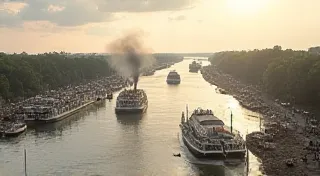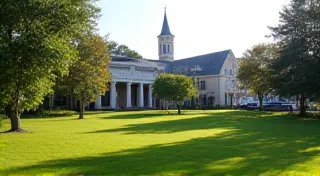Georgia Postcards: Peaches, Antebellum Homes, and Civil War History
Georgia, the Peach State, offers a fascinating landscape for postcard collectors. Beyond the sweet aroma of peach orchards, Georgia boasts a complex and captivating history, reflected in the imagery found on vintage postcards. From the grandeur of antebellum mansions to the somber reminders of the Civil War, Georgia’s postcard history offers a unique window into the state’s past. This state guide delves into the world of Georgia postcards, exploring common themes, key historical periods, and tips for building a remarkable collection.
A Historical Overview & Its Reflection on Postcards
To truly appreciate Georgia postcards, understanding a little about the state's history is essential. Georgia was one of the original thirteen colonies, with a rich history deeply intertwined with agriculture and, unfortunately, slavery. The antebellum period showcased the rise of cotton plantations and the opulent lifestyles of the plantation owners. The Civil War deeply impacted Georgia, with many key battles fought within its borders. Reconstruction followed, bringing significant changes and challenges. The early 20th century saw a period of industrialization and modernization, while the Civil Rights Movement in the mid-century left an indelible mark. Each of these eras is beautifully and sometimes poignantly captured on vintage postcards.
The golden age of postcards, roughly from 1905 to 1915, coincided with this pivotal time in Georgia’s history. Postcards were an affordable and accessible way for people to stay connected, and publishers sought to capture the essence of places and events. This resulted in a flood of Georgia postcards showcasing its landscapes, cities, and significant moments.
Common Themes on Georgia Postcards
Several recurring themes dominate Georgia postcard collections:
- Antebellum Homes & Plantations: Many postcards feature grand antebellum homes like the Davenport House in Savannah, the Longstreet Home in Athens, or the Webb Wilcox Plantation in Blakely. These images often romanticize a period steeped in complex and difficult history. Collectors should be mindful of the context when acquiring and displaying these cards.
- Savannah’s Historic Squares: Savannah’s unique urban plan, with its meticulously preserved historic squares, made it a popular subject for postcards. Images often showcase the moss-draped oaks and the distinctive architecture of the surrounding buildings.
- Peaches and Agriculture: As the Peach State, Georgia’s agricultural heritage is frequently depicted. Expect to see orchards laden with ripe peaches, cotton fields, and scenes of rural life.
- Railroads & Transportation: Railroads were vital for Georgia’s economy, and postcards often feature train stations, locomotives, and railway lines.
- Civil War Battlefields & Monuments: Sites of key Civil War battles like Chickamauga and Gettysburg (many Georgians fought there) are represented, along with monuments to soldiers and significant figures.
- Coastal Scenes & Ports: Georgia’s coastline, with its bustling ports like Savannah and Brunswick, offered attractive postcard subjects. Fishing boats, lighthouses, and ocean views are common.
- Cityscapes: Postcards showcase the evolving urban landscapes of Atlanta, Augusta, and Macon, highlighting their architecture and growth.
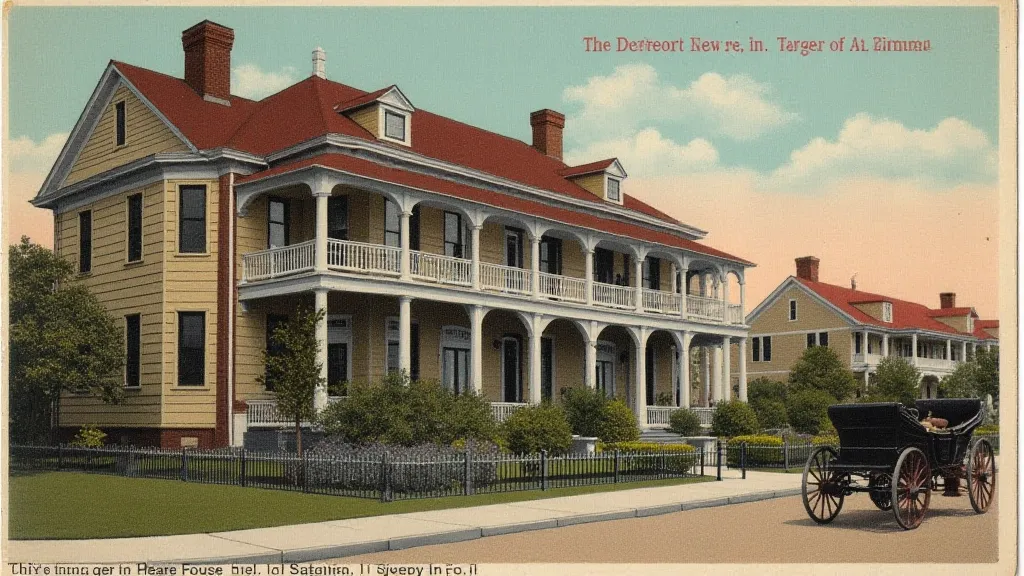
Identifying Different Types of Georgia Postcards
Georgia postcards can be categorized by several factors, each influencing their value and collectibility:
- Publisher: Recognizable publishers like Curt Teich, Detroit Publishing, and Valentine & Co. are often associated with higher quality postcards and can increase value.
- Era: "Real Photo Postcards" (RPPCs), which are black and white photographs printed on postcard stock, are particularly prized by collectors. They offer a more candid and often historically significant view compared to color lithographs.
- Condition: As with any collectible, condition is paramount. Undivided back postcards (those without a printed address area) are particularly rare and valuable. Even divided back postcards in excellent condition command higher prices.
- Subject Matter: Rarity of the subject plays a significant role. Postcards depicting lesser-known towns, specific events, or unusual perspectives are more desirable.
Key Cities and Regions for Georgia Postcards
Different regions of Georgia offer unique postcard collecting opportunities:
- Savannah: Known for its antebellum architecture, historic squares, and coastal charm, Savannah is a treasure trove for postcard collectors.
- Atlanta: As Georgia’s capital and a major transportation hub, Atlanta offers a mix of industrial and urban scenes. Postcards depicting the city's growth and development are particularly interesting.
- Augusta: Home to the Masters Tournament, Augusta postcards often feature the Augusta National Golf Club and the city’s historic downtown.
- Macon: Known for its music heritage and beautiful architecture, Macon postcards showcase the city’s vibrant culture.
- Chickamauga/Chattanooga: Significant for the Battle of Chickamauga, these areas offer cards related to the Civil War.
- Coastal Georgia: Regions around Brunswick and St. Simons Island feature beautiful beaches and historic plantations.
Tips for Building a Georgia Postcard Collection
Starting or expanding your Georgia postcard collection requires patience, research, and a keen eye. Here are some helpful tips:
- Attend Postcard Shows & Flea Markets: These events provide opportunities to find rare and unique Georgia postcards from dealers and fellow collectors.
- Online Auctions & Marketplaces: Platforms like eBay and Delcampe offer a vast selection of Georgia postcards, but be sure to research sellers and carefully examine card descriptions.
- Local Antique Stores: Smaller antique stores in Georgia may occasionally have hidden gems.
- Join Postcard Clubs: Connecting with other postcard enthusiasts can provide valuable insights, leads on cards, and a sense of community.
- Specialize Your Collection: Focusing on a specific theme, city, or publisher can make your collection more focused and manageable.
- Research, Research, Research: Learn about Georgia’s history and postcard publishers to better understand the context and value of the cards you acquire.
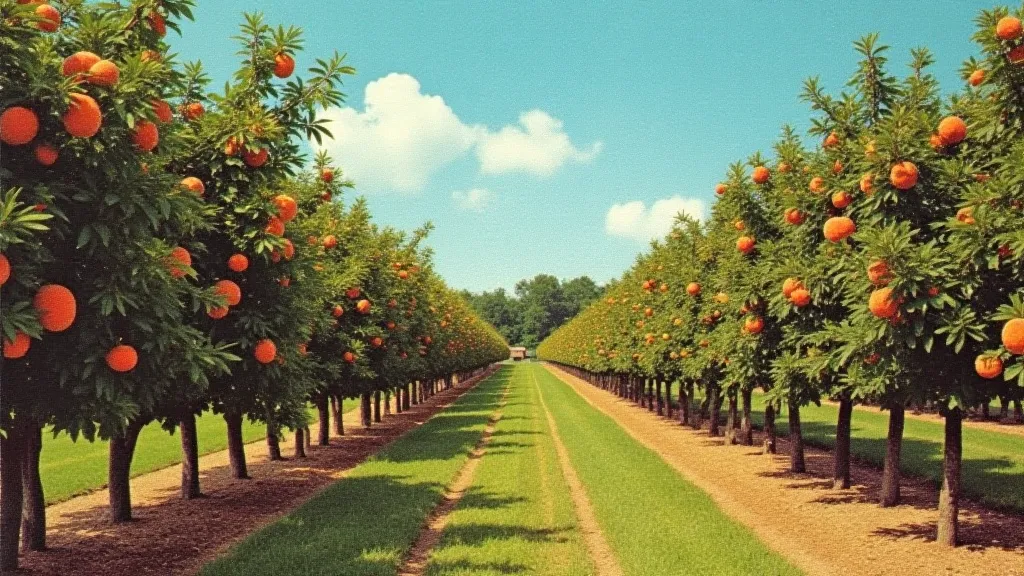
The Significance of Divided Back vs. Undivided Back Postcards
The type of back on a postcard drastically impacts its value and significance. Early postcards (pre-1907) typically had undivided backs, meaning the entire back was used for the message. This meant the message was often written "facing" the image. Postcards introduced in 1907 featured divided backs - one side for the address and a small space for a brief message, and the other side reserved for the image. Undivided back postcards are significantly more valuable due to their rarity and historical context. They offer a glimpse into the earliest days of postcard communication.
Beyond the Image: Researching the History Behind Georgia Postcards
A truly rewarding Georgia postcard collection goes beyond simply acquiring beautiful images. Delve into the history behind the cards: Research the buildings depicted, the events commemorated, and the people who sent and received them. Many postcards offer valuable insights into the daily lives of Georgians in the past. Local historical societies and online archives are excellent resources for uncovering these stories.
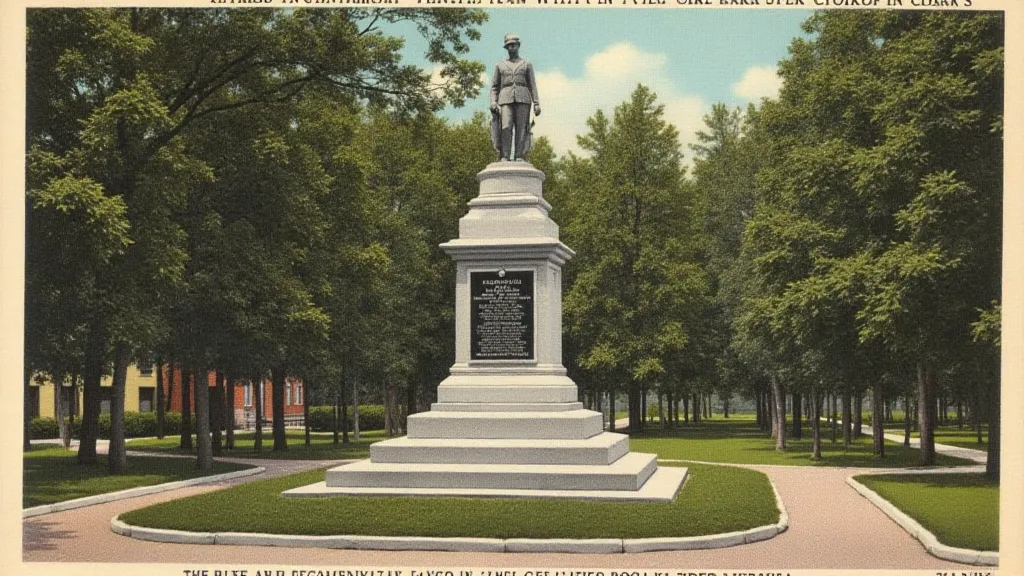
Preserving Your Georgia Postcard Collection
Proper storage and preservation are crucial for maintaining the value and integrity of your Georgia postcard collection. Store cards in acid-free sleeves and albums to protect them from dust, moisture, and sunlight. Handle cards with clean hands to avoid transferring oils and dirt.
Collecting vintage Georgia postcards is more than just acquiring images; it’s about connecting with the state’s rich history, culture, and people. With dedication and a passion for the past, you can build a remarkable and rewarding collection that tells the story of Georgia, one postcard at a time.
